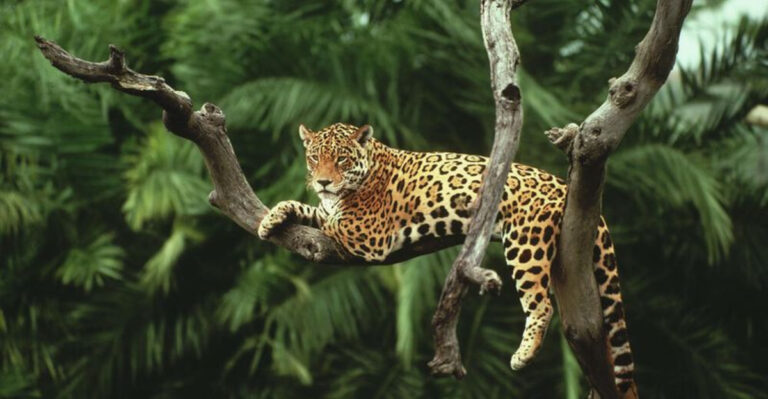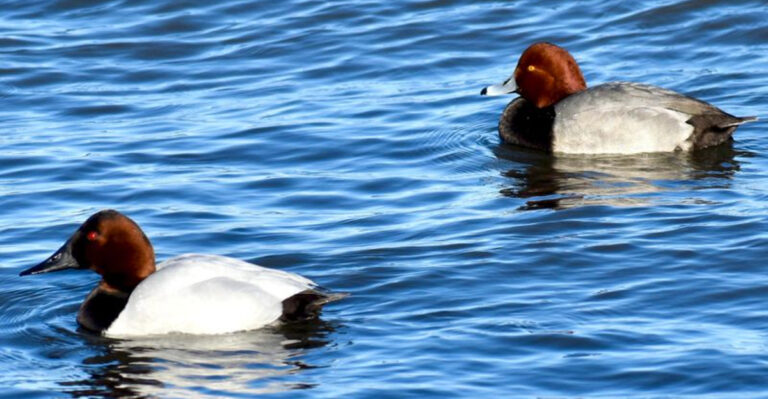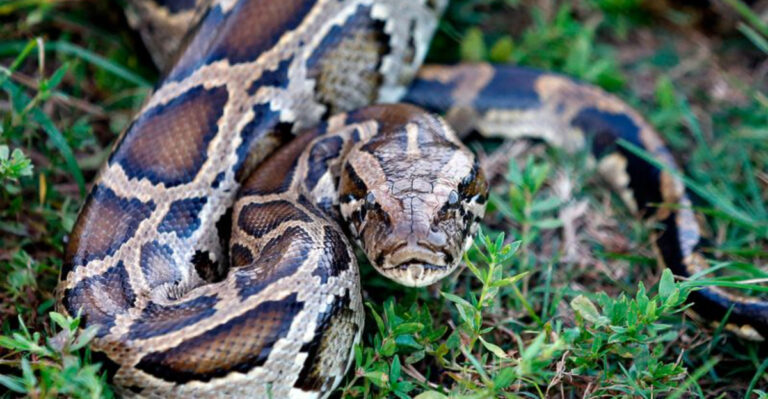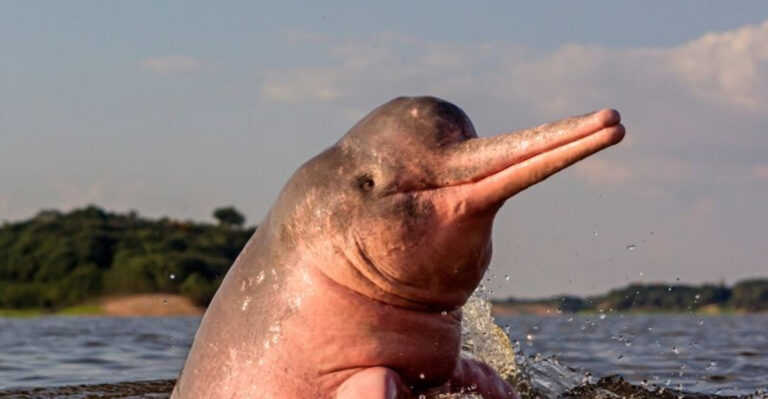15 Ocean Giants That Play A Vital Role In Marine Life Around The World
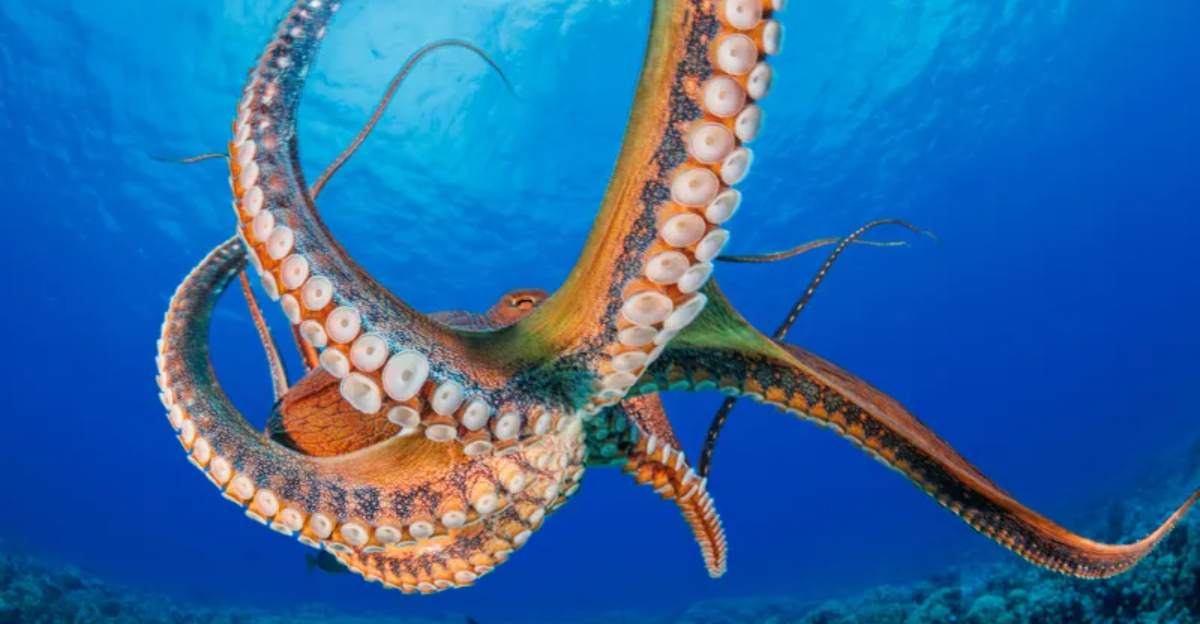
The vast blue expanse covering our planet harbors some of Earth’s most magnificent creatures. These ocean giants aren’t just impressive because of their size – they’re ecosystem engineers that maintain the health of our seas.
From filtering water to controlling populations of smaller species, these massive marine animals work behind the scenes to keep ocean life in balance.
1. Blue Whales: The Gentle Carbon Captors
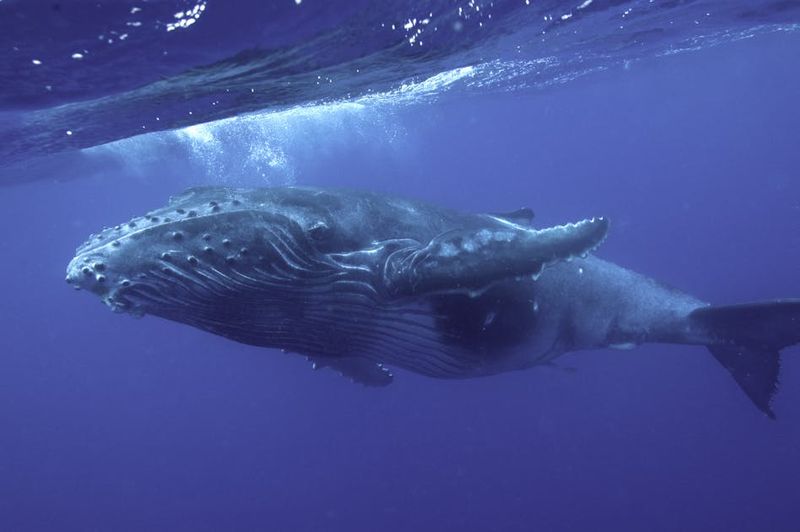
Ever wonder what happens to all that carbon in the atmosphere? These mammoth mammals actually help fight climate change! Their massive bodies store tons of carbon, and when they die, they sink to the ocean floor, effectively removing that carbon from circulation for centuries.
Blue whales also fertilize the ocean with their nutrient-rich waste, stimulating the growth of phytoplankton that produces oxygen we breathe.
2. Whale Sharks: Swimming Filter Systems
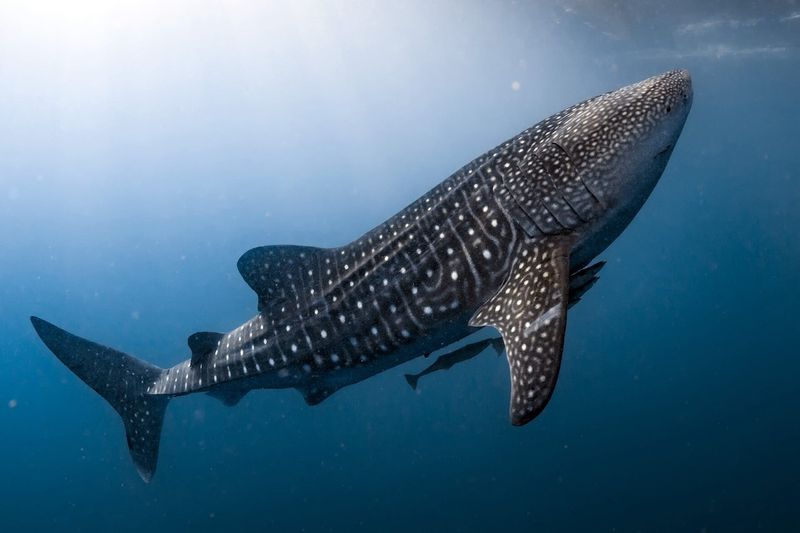
Imagine a school-bus-sized fish that gulps 6,000 gallons of water per hour! Despite their intimidating size, these spotted giants wouldn’t hurt a fly. They cruise through tropical waters with mouths agape, filtering tiny plankton and maintaining ocean clarity.
By controlling plankton populations, whale sharks prevent harmful algal blooms that could deplete oxygen in the water and harm other marine species.
3. Giant Manta Rays: Ocean Vacuum Cleaners
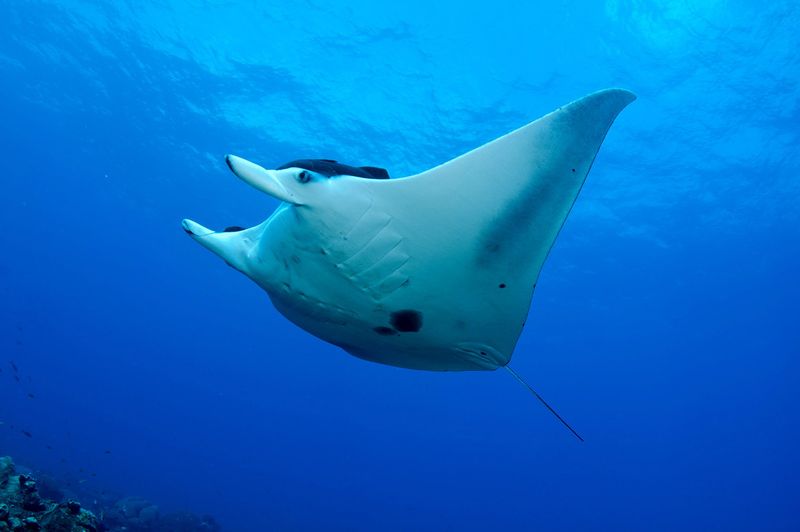
Watch these winged wonders as they perform graceful underwater ballets! With wingspans reaching 23 feet, mantas sweep through the water collecting microscopic organisms. A single ray can filter over 90 gallons of seawater per hour.
Their feeding habits help control zooplankton populations, preventing any single species from dominating the ecosystem. Scientists also study manta ray blood for potential cancer treatments.
4. Great White Sharks: Ocean’s Health Inspectors
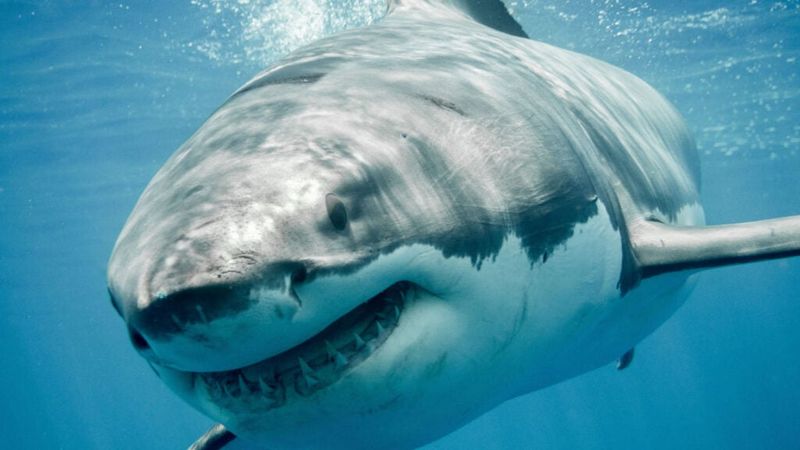
Forget what you saw in movies! These misunderstood predators are actually ocean doctors. They target sick, injured, or genetically weak prey, removing animals that could spread disease throughout marine populations.
By controlling seal and sea lion numbers, great whites prevent these mammals from overeating smaller fish species. This careful balance maintains healthy fish stocks that humans also depend on for food.
5. Basking Sharks: Plankton-Loving Behemoths
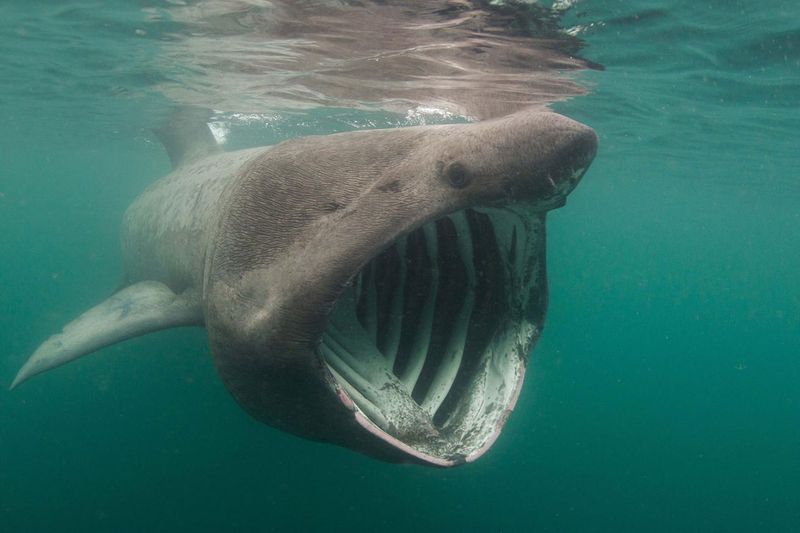
Looking like they’re having a permanent yawn, these gentle giants cruise with mouths wide open! As the second-largest fish in our oceans, they can filter over 1,500 gallons of water per hour while barely moving a muscle.
Despite their intimidating appearance, they feed exclusively on plankton. Their slow-moving lifestyle and predictable migration patterns make them excellent indicators of ocean health and climate change impacts.
6. Sperm Whales: Deep-Sea Carbon Movers
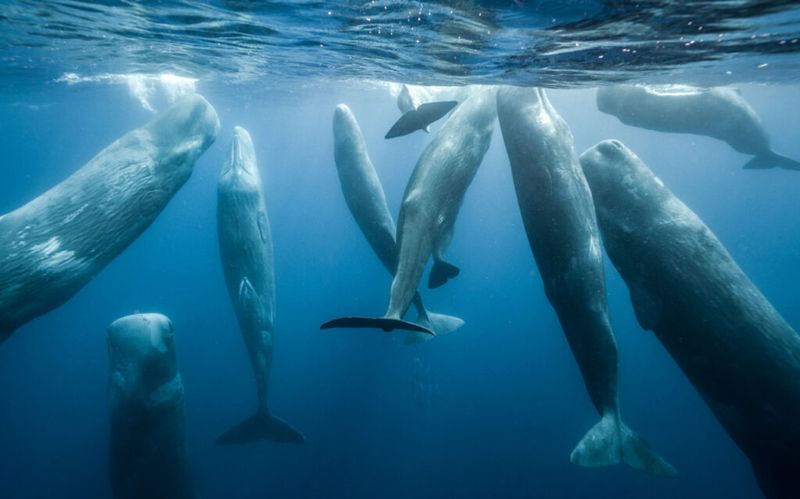
Talk about holding your breath! These champion divers plunge nearly two miles deep hunting for giant squid. When they surface, their waste fertilizes phytoplankton that produce oxygen and absorb carbon dioxide.
Scientists estimate that sperm whale poop removes hundreds of thousands of tons of carbon from the atmosphere annually. Their deep dives also help mix ocean layers, bringing nutrients from the depths to surface-dwelling organisms.
7. Leatherback Sea Turtles: Jellyfish Controllers
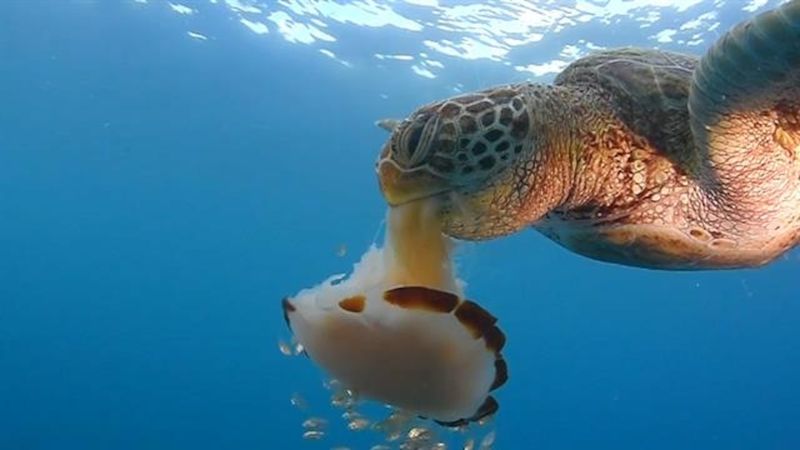
Meet the heavyweight champions of the turtle world! Weighing up to 2,000 pounds and stretching seven feet long, these ancient mariners have a special job – jellyfish population control.
A single leatherback can consume hundreds of jellies daily. Without these massive turtles, jellyfish would overrun our oceans, decimating fish populations. Their long migrations also help scientists track ocean currents and temperature changes.
8. Sunfish: Parasite Police of the Deep
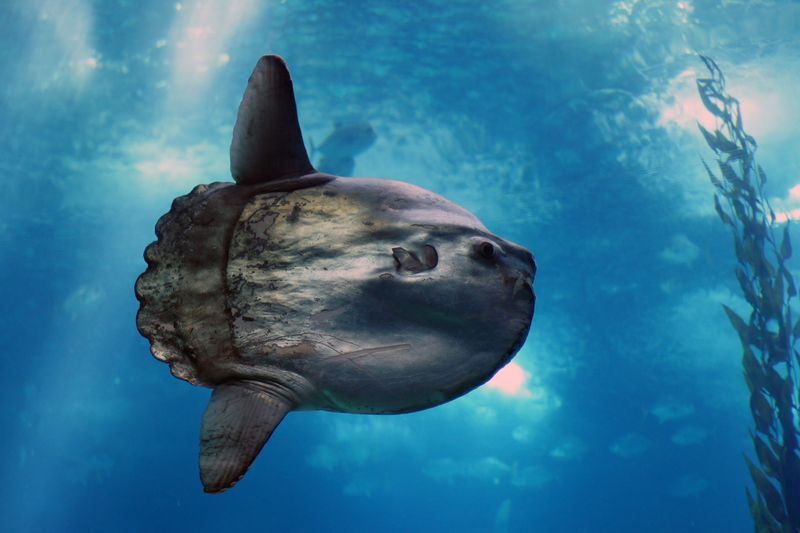
Shaped like swimming heads with tiny fins, ocean sunfish look like nature’s practical joke! But these bizarre giants serve a crucial purpose – they’re living buffets for parasites that would otherwise plague other fish.
Sunfish frequently visit “cleaning stations” where smaller fish remove parasites from their skin. This symbiotic relationship keeps parasite populations in check throughout the ocean ecosystem while providing food for cleaner fish.
9. Orcas: Ecosystem Engineers
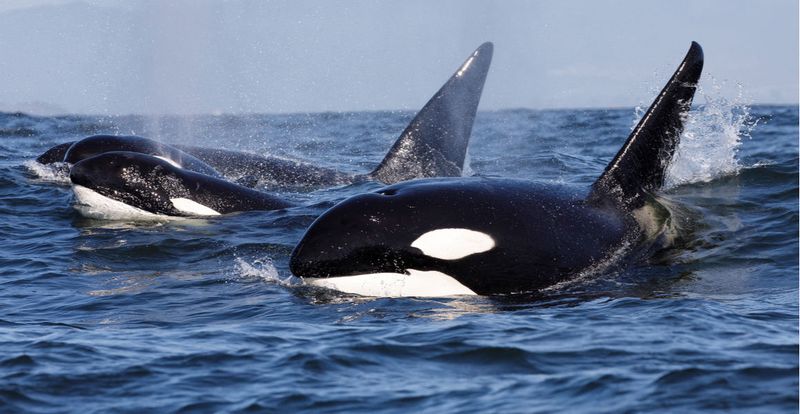
From polar regions to tropical seas, these black-and-white hunters shape entire marine communities! When orcas arrive in an area, their prey changes behavior – seals stay closer to shore and sea otters modify their feeding habits.
These behavioral changes ripple through the food web, altering everything from kelp forest health to fish populations. Some orca pods specialize in hunting specific prey, developing unique hunting techniques passed down through generations.
10. Grey Whales: Seafloor Gardeners
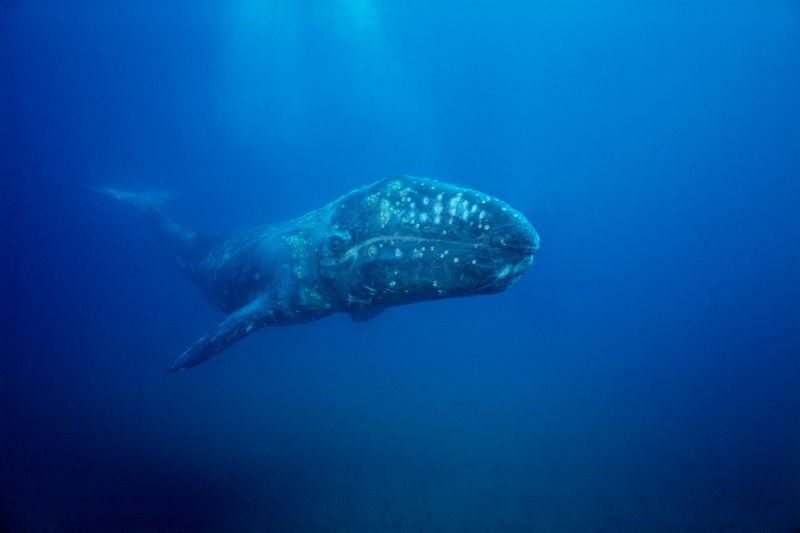
Fancy a mud bath? Grey whales love them! These coastal giants plow through seafloor sediment, stirring up buried nutrients and small creatures that would otherwise remain locked away.
This “tilling” action helps distribute nutrients throughout coastal ecosystems, benefiting countless other species. Their feeding pits create microhabitats for small marine creatures, increasing biodiversity along migration routes spanning thousands of miles from Arctic to tropical waters.
11. Giant Clams: Living Water Purifiers
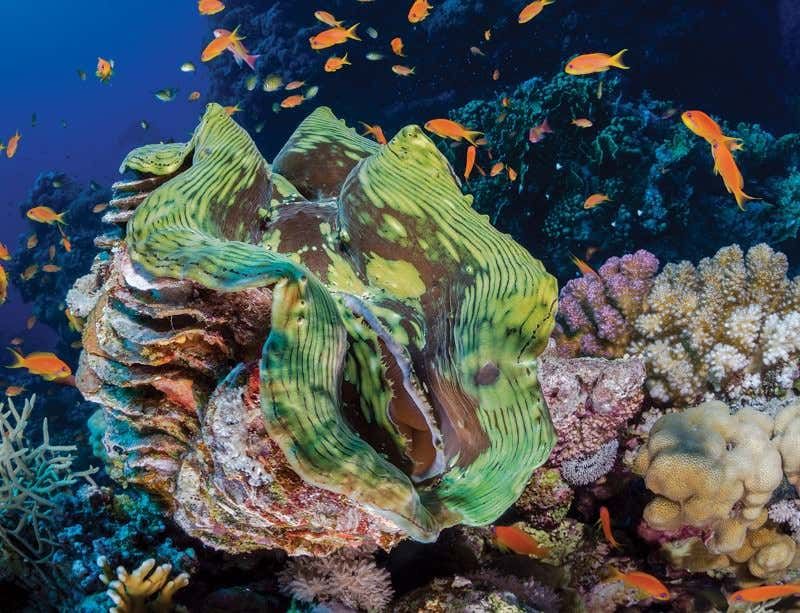
Weighing up to 500 pounds and living for over a century, these colorful filter feeders are nature’s water treatment plants! Their massive shells provide habitat for countless smaller creatures in coral reef ecosystems.
As they filter feed, giant clams remove excess nutrients that could fuel harmful algal blooms. They also host symbiotic algae in their colorful tissues, converting sunlight to energy just like corals do, adding productivity to reef systems.
12. Elephant Seals: Deep-Sea Researchers
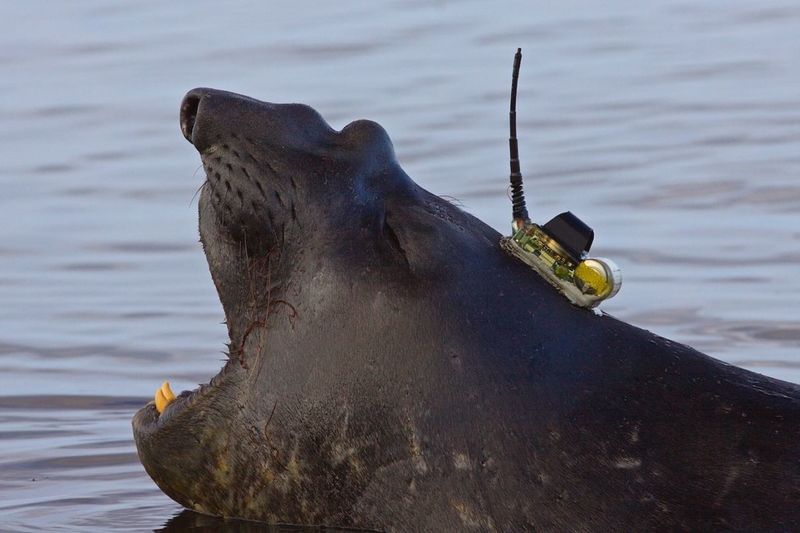
Sporting a trunk-like snout and diving deeper than most submarines, elephant seals are unwitting ocean scientists! Researchers attach tracking devices to these massive mammals, collecting data from ocean depths humans can’t easily reach.
Their natural diving behavior provides valuable information about deep ocean temperatures and salinity. When feeding at depth, they help transfer nutrients between deep and shallow waters, supporting diverse food webs.
13. Giant Kelp: Underwater Forest Creators
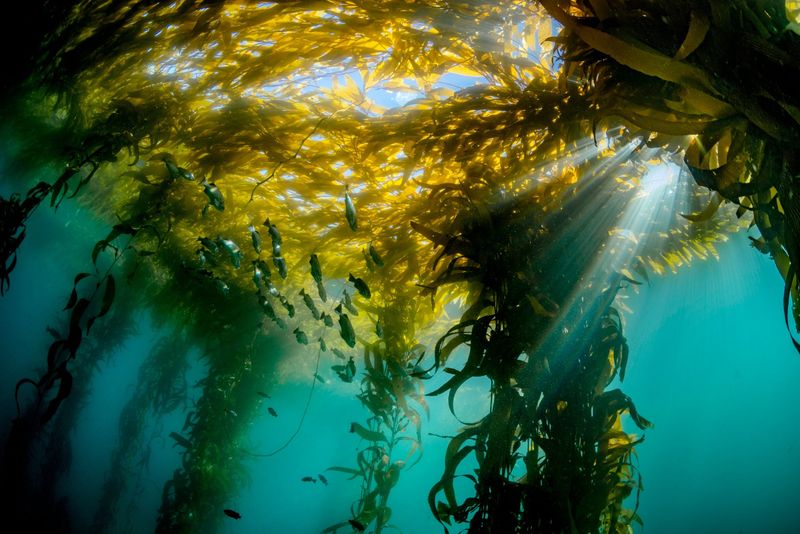
Growing up to two feet daily and reaching heights of 150 feet, these marine plants are the redwoods of the sea! Their massive underwater forests provide shelter, nursery grounds, and feeding areas for thousands of species.
Giant kelp also absorbs carbon dioxide, helping combat ocean acidification. The complex three-dimensional habitat they create supports biodiversity hotspots along temperate coastlines, sheltering everything from tiny invertebrates to large fish.
14. Giant Pacific Octopus: Intelligence Beneath the Waves

With arms spanning 20 feet and brains containing half a billion neurons, these eight-limbed wonders are marine masterminds! Their hunting keeps crab and shellfish populations in check, preventing any single species from dominating seafloor communities.
Their problem-solving abilities and short lifespan make them perfect subjects for studying rapid adaptation to changing environments. Scientists are even learning from octopus camouflage to develop new materials and technologies.
15. Goliath Groupers: Reef Guardians
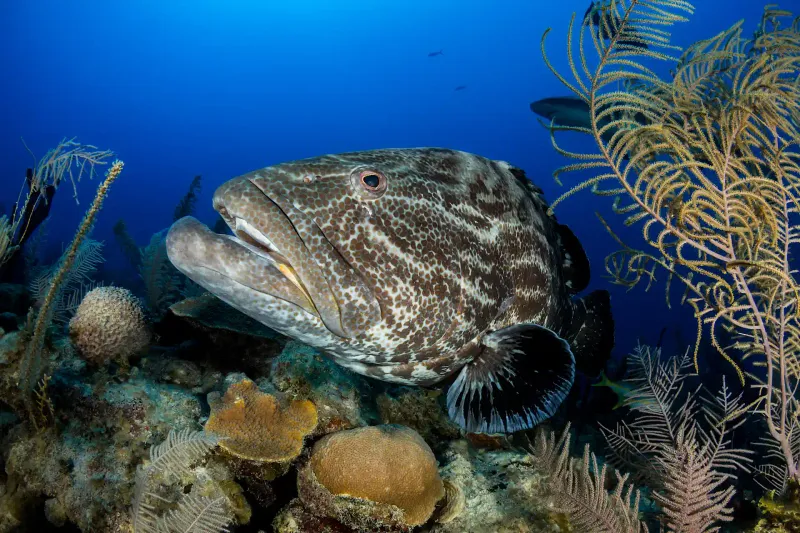
Reaching the size of a small car and producing sonic booms underwater, these gentle giants are the guardians of coral reefs! Their massive presence helps maintain reef health by controlling populations of damaging species like crown-of-thorns starfish.
Young groupers start life in mangrove forests before moving to reefs as adults. This connection highlights the importance of protecting multiple habitats. Their booming sounds during spawning help scientists monitor population health.

